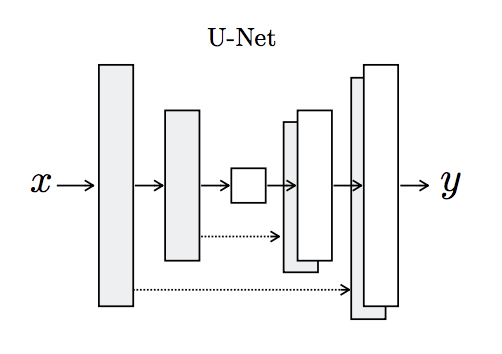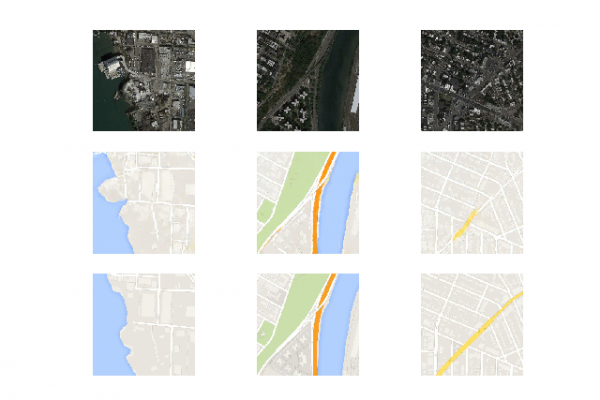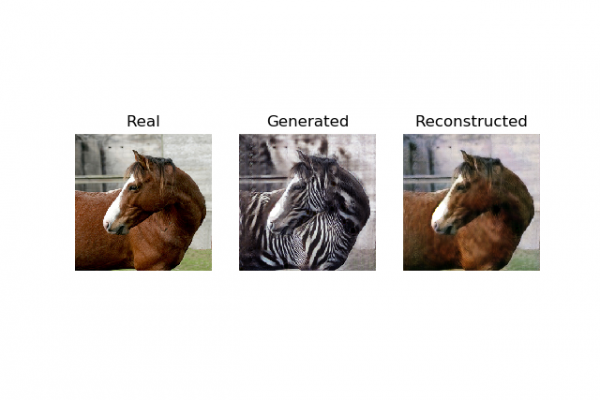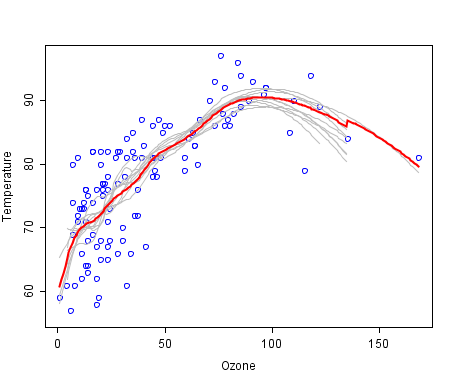How to Implement Pix2Pix GAN Models From Scratch With Keras
The Pix2Pix GAN is a generator model for performing image-to-image translation trained on paired examples. For example, the model can be used to translate images of daytime to nighttime, or from sketches of products like shoes to photographs of products. The benefit of the Pix2Pix model is that compared to other GANs for conditional image generation, it is relatively simple and capable of generating large high-quality images across a variety of image translation tasks. The model is very impressive but […]
Read more








